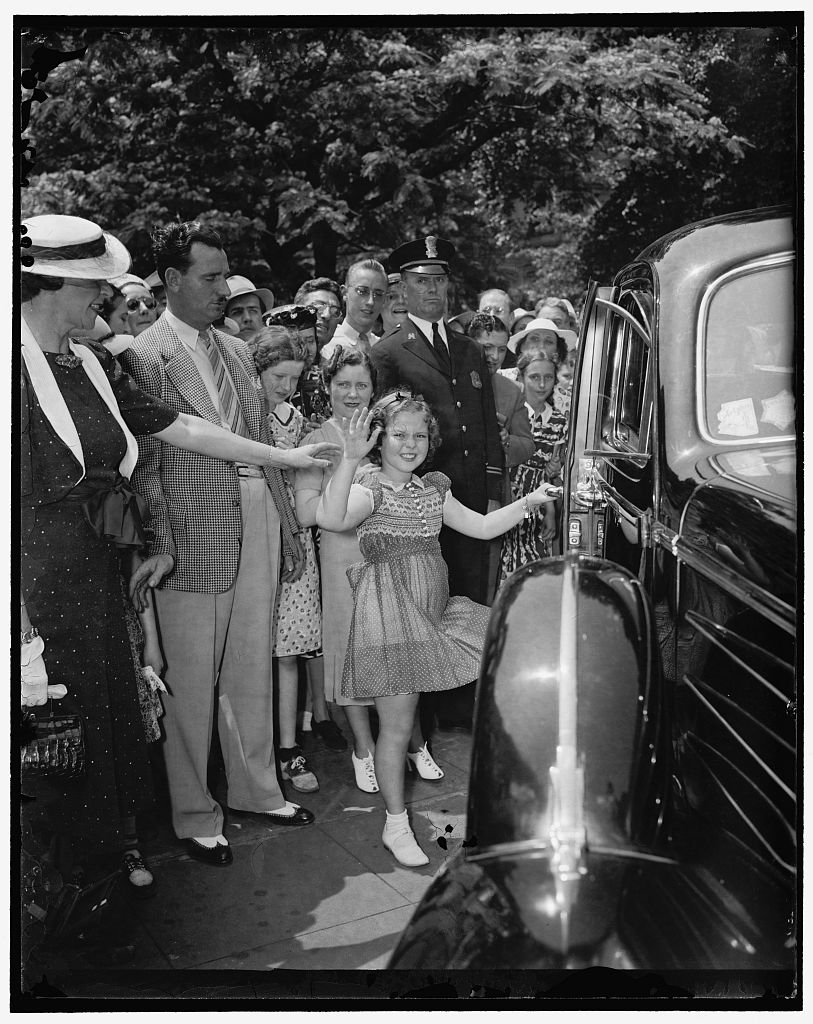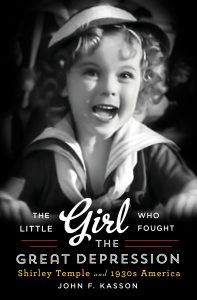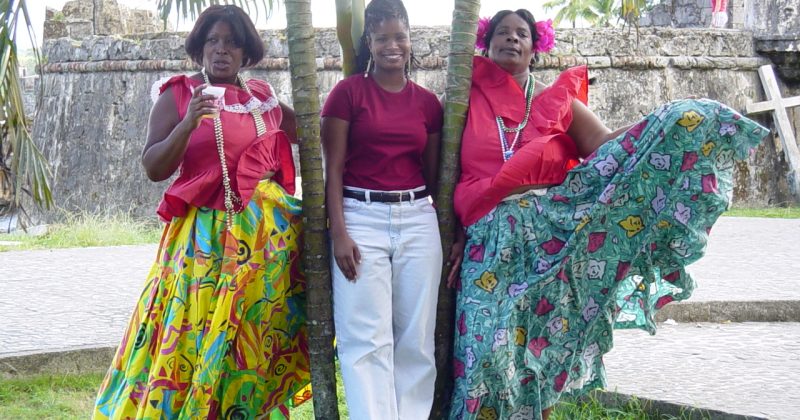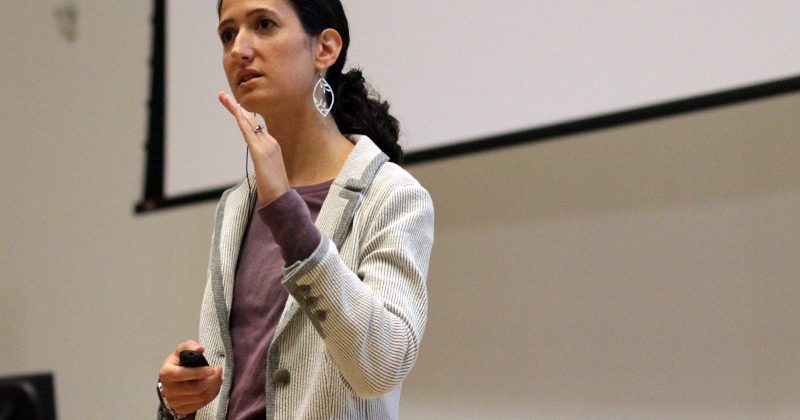
Q: How did you become interested in Shirley Temple?
A: I began by wondering how and why Americans became noted for smiling — something that people from other countries have long observed. I considered writing a history of the smile in America and its relation to the rise of modern consumer culture. But I decided to bring it down to earth by studying Shirley Temple, FDR, Bill “Bojangles” Robinson and the Great Depression.
Q: When and why did Shirley achieve her big breakthrough?
A: Shirley had been appearing in comic shorts and minor roles from the age of 3, but her breakthrough came in April 1934, the month that she turned 6. The nation was in the depths of the Great Depression. Although FDR had launched his New Deal a year earlier, jobs, wages and spirits remained at a low ebb, and there was even talk of revolution. The Great Depression gripped the Hollywood film industry as well, and it was scrambling for moral cover against charges of indecency from numerous civic, religious and legislative quarters.
So, we might say that Hollywood and the nation needed Shirley as never before. She received only seventh billing in Stand Up and Cheer!, but it was the movie that made her famous. For the first time, Shirley’s beaming smile and serene confidence captivated the public.
Q: What are the connections between Shirley Temple and FDR?
A: There are many. Roosevelt identified the double character of the Great Depression as both economic and emotional, when he said in his first inaugural address, “The only thing we have to fear is fear itself.” Before he could do anything substantive to revive the economy, he had to instill new confidence and cheer — something his predecessor, Herbert Hoover, was notoriously incapable of doing. FDR made the face of his administration a beaming smile and reassured people that positive change was coming.
Shirley’s breakthrough movie, Stand Up and Cheer!, hitched its wagon to FDR’s star, showing how entertainment could help lift the national mood of fear and gloom and end the Great Depression. Virtually overnight, her smile became as famous as FDR’s.
Q: What made her so irresistible and her movies so popular?
 A: Shirley embodied the cuteness, cheer, trust, courage and love that adults and children needed in an especially anxious decade. She made more than 20 feature films in the 1930s, and in each one her task was emotional healing.
A: Shirley embodied the cuteness, cheer, trust, courage and love that adults and children needed in an especially anxious decade. She made more than 20 feature films in the 1930s, and in each one her task was emotional healing.
In fact, her publicity photos took pride of place in an astonishing variety of homes: from a black laborer’s cabin in South Carolina and young Andy Warhol’s house in Pittsburgh to FBI Director J. Edgar Hoover’s recreation room in Washington, D.C., and gangster “Bumpy” Johnson’s Harlem apartment. When Anne Frank and her family hid in their secret annex in Amsterdam from the Nazis, one of the first things that Anne did was to mount pictures of Shirley’s beaming smile to cheer things up.
Q: How did Shirley’s popularity affect spending in the 1930s?
A:The Great Depression was both an economic and an emotional crisis, and Shirley fought it on both fronts. … The top box-office star in the world for four consecutive years, from 1935 through 1938, she was also the greatest celebrity to endorse merchandise for children and adults, rivaled only by Mickey Mouse. She transformed children’s fashions, popularizing a toddler look, including Big Sister versions, for girls up to the age of 12. Ideal Novelty and Toy Company began making Shirley Temple dolls in October 1934, and soon they accounted for almost a third of all dolls sold in the country. She plugged breakfast cereals, toy sets, dresses, shoes, puzzles and games, large cabinet-sized radios, even expensive cars.
— Q&A courtesy of W.W. Norton & Co.
Kasson is a professor of history and American studies and the author of The Little Girl Who Fought the Great Depression, among many other seminal works of cultural history. Listen to Kasson talk about the book at the Bulls Head Bookshop on the UNC campus. Kasson discusses the magic of Shirley Temple in this interview on WUNC Radio’s “The State of Things.”
Read about more books in the fall ’14 issue.
Published in the Fall 2014 issue | Chapter & Verse
Read More

Brooks’ influence spans IBM mainframes to next-gen virtual reality
In 1944 a 13-year-old Fred Brooks sat in the public…

Digital Portobelo: Connecting scholarship and cultural preservation in Panama
Renee Craft’s digital humanities project is an interactive collection of…

Examining active learning in large science classes
In large college science classes, active learning interventions improve achievement…

